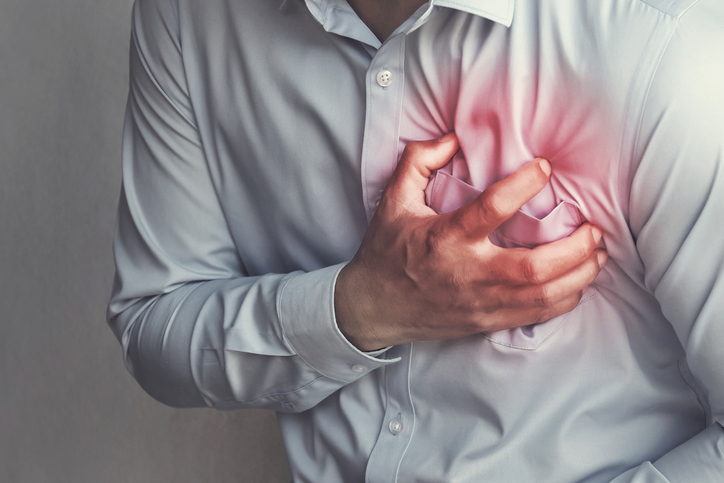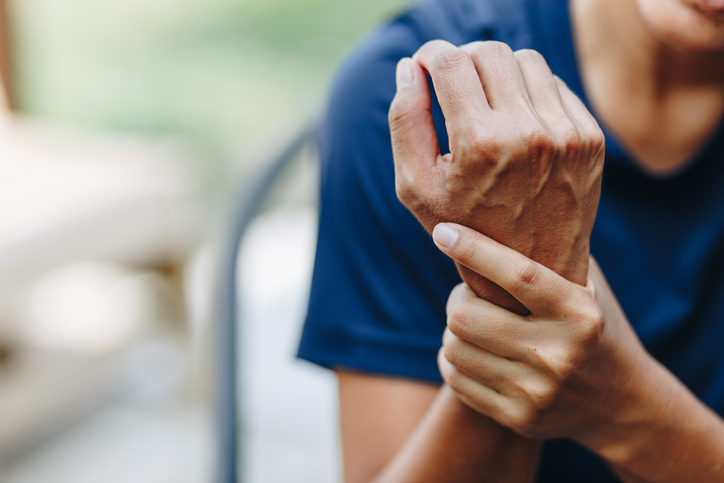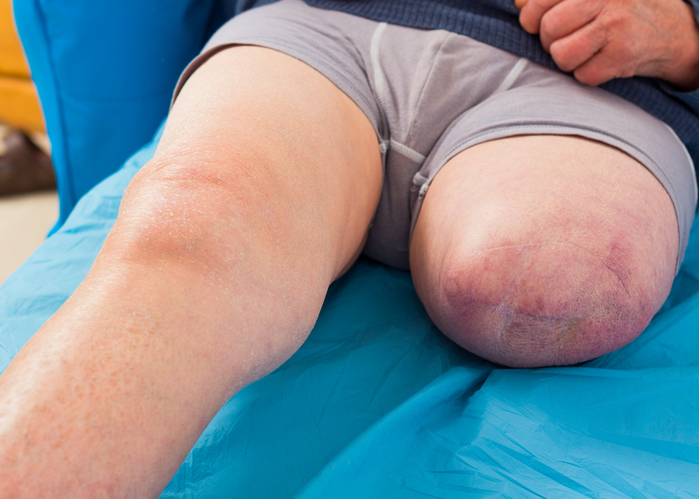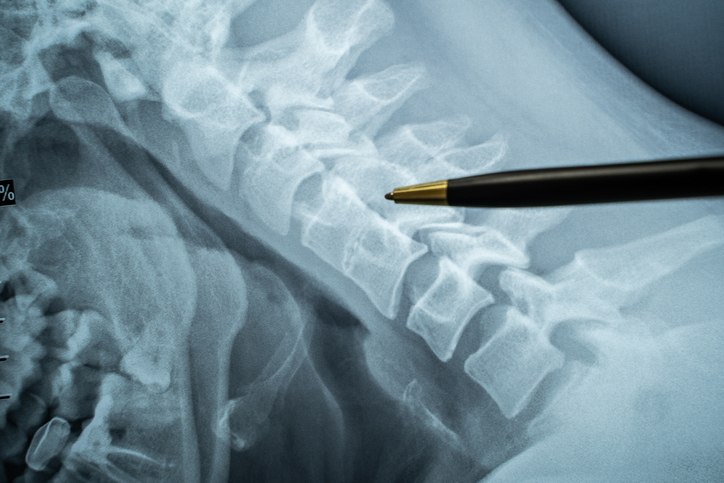Pain
Chronic Pain in Teenagers
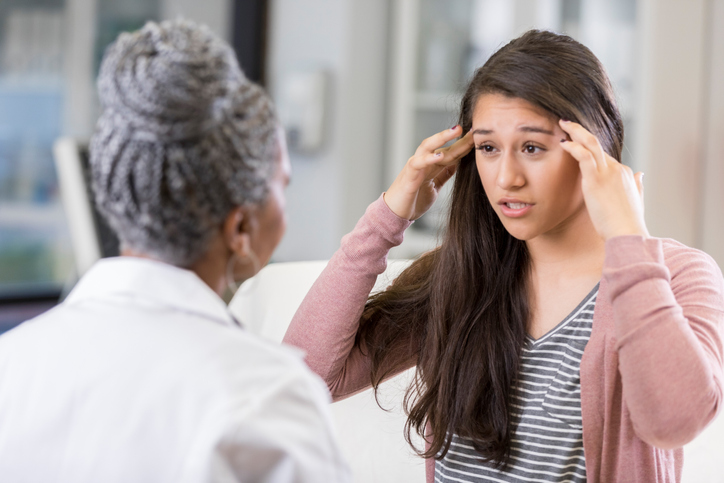
The incidence of chronic pain in teenagers is similar to that of adults. Unfortunately, chronic pain in the teenage population is commonly left unrecognized and untreated, which can lead to anxiety, depression, poor sleep, social isolation, and difficulties in school or other activities. It can affect the whole family, especially parents or caregivers who may experience distress as a result of their teenager’s chronic pain.
In addition, teenagers are more susceptible to pain catastrophizing than younger children or adults. This means teenagers tend to ruminate about their pain, experience feelings of helplessness, magnify the severity of symptoms, and experience excess anxiety about anticipated pain or other symptoms. This may be due to the fact that teenagers have not yet developed the necessary adaptive responses to pain and stress.
Assessing chronic pain in teenagers
Assessing pain in teenagers can be difficult because many of the self-reporting and observation tools used for chronic pain were developed with adults in mind. An accurate assessment of chronic pain for teenagers should include questions about how pain affects the teenager’s social interactions, physical functioning, mental health, and family life.
Treating chronic pain in teenagers
Many chronic pain treatments have not been tested specifically for the teenage population. This presents a challenge, as the only option is to draw conclusions based on clinical trials conducted with adults. More clinical trials on treatments for chronic pain in teenagers are needed.
The following treatments may be effective for teenagers with chronic pain:
- Over-the-counter pain medications, such as acetaminophen or ibuprofen
- Biofeedback training
- Coping strategies, such as progressive muscle relaxation, deep breathing techniques, meditation, and other relaxation techniques
- Cognitive behavioral therapy or other forms of psychotherapy
- Tricyclic antidepressants and anticonvulsant medications for conditions such as complex regional pain syndrome
- Physical therapy
- Massage
It is also beneficial for a medical professional to validate the teenager’s pain experience and to provide the family with a concrete action plan to address the pain. This can help reassure both the teenager and the parents or caregivers and lead to better pain management.








